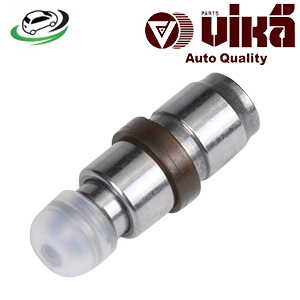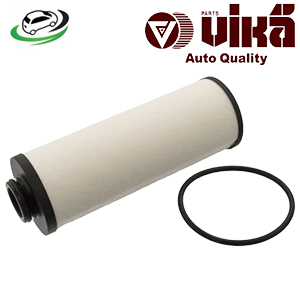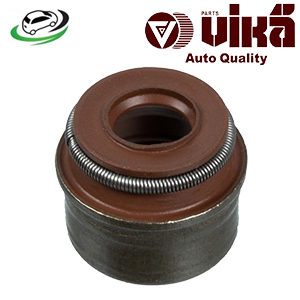-33%
Get Engine Valve Stem Oil Seal VW Arteon/Beetle/Atlas/CC/EOS/GTI/Golf R/Jetta GLI/R32/Passat/Tiguan Limited/Touareg 36109675
Engine valve stem oil seals, often referred to simply as valve seals, are crucial components in an internal combustion engine. They play a vital role in maintaining the proper function of the engine’s valve train by controlling the amount of oil that lubricates the valve stems as they move within the valve guides. This guide will cover what valve stem oil seals are, how they work, their benefits, common issues, and maintenance tips.
What is a Valve Stem Oil Seal?
Valve stem oil seals are small, rubber or polymer components that fit over the top of the valve stem. They are located in the cylinder head and are responsible for controlling the lubrication of the valve stems. The seals prevent excess oil from entering the combustion chamber while allowing a small amount to pass through to lubricate the valve stems and guides.
How Do Valve Stem Oil Seals Work?
Valve stem oil seals create a controlled leak path for a minimal amount of oil to lubricate the valve stems. Here’s a step-by-step look at their function:
- Seal Installation: The valve seal is installed over the valve stem, sitting between the valve spring retainer and the valve guide.
- Oil Control: As the valve moves up and down, the valve stem oil seal allows a small amount of oil to pass through to lubricate the valve stem and guide. This lubrication is essential for smooth valve operation and to prevent excessive wear.
- Oil Restriction: The seal restricts excess oil from leaking into the combustion chamber. Too much oil can cause burning oil, resulting in blue smoke from the exhaust and potential fouling of the spark plugs.
Benefits of Valve Stem Oil Seals
Valve stem oil seals offer several key benefits:
- Controlled Lubrication: They ensure the valve stems and guides are adequately lubricated, reducing friction and wear.
- Oil Consumption Control: By restricting excess oil from entering the combustion chamber, valve seals help control oil consumption and reduce the risk of oil burning.
- Engine Performance: Properly functioning valve seals contribute to optimal engine performance by ensuring that the valves operate smoothly and efficiently.
- Emission Control: Reducing oil burning helps lower emissions, contributing to cleaner engine operation and compliance with environmental regulations.
Common Issues with Valve Stem Oil Seals
Valve stem oil seals can wear out or fail over time, leading to several issues:
- Oil Leakage: Worn or damaged seals may allow too much oil to enter the combustion chamber, resulting in oil burning and blue smoke from the exhaust.
- Increased Oil Consumption: Excess oil passing through the seals can lead to higher oil consumption, requiring more frequent oil top-ups.
- Engine Misfires: Oil fouling on spark plugs can cause engine misfires, leading to poor performance and increased emissions.
- Valve Guide Wear: Insufficient lubrication due to faulty seals can cause excessive wear on the valve guides, potentially leading to costly repairs.
Signs of Worn Valve Stem Oil Seals
Here are some common signs that the valve stem oil seals may be worn or failing:
- Blue Smoke from Exhaust: Persistent blue smoke, especially during startup or acceleration, indicates burning oil due to worn valve seals.
- Increased Oil Consumption: If you notice that your engine is consuming more oil than usual, it could be a sign of leaking valve seals.
- Oil Fouled Spark Plugs: Spark plugs coated with oil deposits can indicate oil leakage from the valve seals.
- Engine Performance Issues: Rough idling, misfires, and a noticeable drop in engine performance may be related to valve seal problems.
Maintenance and Replacement
Maintaining valve stem oil seals is essential for engine longevity and performance. Here are some tips:
- Regular Inspections: Periodically inspect the valve seals during routine maintenance or when the cylinder head is removed.
- Quality Oil and Filters: Use high-quality engine oil and filters to reduce the risk of oil contamination and extend the life of the valve seals.
- Timely Replacement: If you notice signs of worn valve seals, have them replaced promptly to avoid further engine damage. Replacing valve seals often requires removing the cylinder head, so it’s a job best left to a professional mechanic.
- Proper Installation: Ensure that valve seals are installed correctly during any engine rebuild or head gasket replacement to prevent premature failure.
Follow us on Facebook for more parts.





